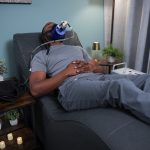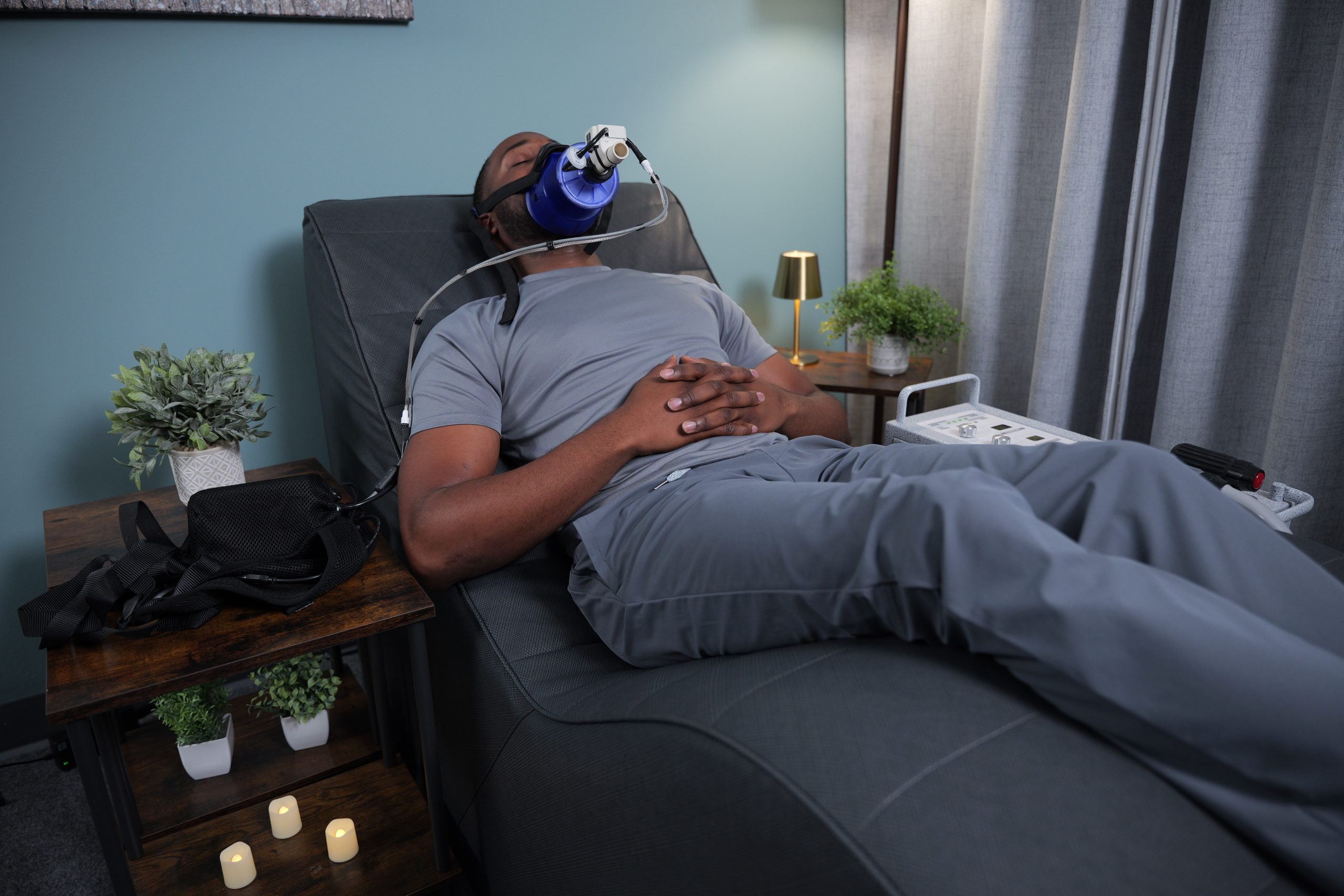Physical therapists play a vital role in helping patients recover from injuries, manage chronic conditions, and improve their overall well-being. By enhancing patient outcomes, physical therapists can contribute to long-term success for both themselves and their clients.
In today’s evolving healthcare landscape, emerging technologies like PEMF devices offer promising solutions to support physical therapy treatments. This blog will explore how physical therapists can leverage these tools to enhance patient outcomes and elevate their practice.
Let’s dive in and discover how you can achieve even greater results in your practice!
Optimizing Therapy Techniques for Improved Results
Personalized Physical Therapy Treatment Plans
Every client is unique, and their therapy plan should reflect their individual needs, goals, and physical condition. By tailoring treatment plans to each client, physical therapists can improve motivation, engagement, and ultimately, outcomes.
Combining Modalities for Comprehensive Care
To achieve optimal results, consider combining various therapeutic modalities. Incorporate manual therapy, therapeutic exercises, and supportive devices to create a comprehensive care plan.
Advanced techniques and tools, such as PEMF devices, can complement traditional therapy methods. PEMF therapy is a revolutionary wellness modality that utilizes soothing Pulsed Electromagnetic Fields to stimulate and exercise the body’s cells. This non-invasive approach has proven to be an effective way to reduce pain, enhance recovery, and promote self-healing at the cellular level.
Contact us today to learn more about the powerful benefits of PEMF therapy and how it could enhance your physical therapy practice!
Building Strong Therapist-Client Relationships

Communication and Education
Effective communication is the cornerstone of a successful therapist-client relationship. Take the time to educate your clients about their condition, treatment plan, and progress. By providing clear explanations and answering their questions, you can help them understand the importance of their role in the recovery process.
- Use clear and concise language: Avoid medical jargon that may confuse your clients.
- Encourage questions: Let your clients know that they can ask questions at any time.
- Provide regular updates: Keep your clients informed of their progress and any changes to their treatment plan.
Encouraging Client Involvement
Empowering your clients to take an active role in their recovery can significantly improve outcomes. Here are some ways to encourage client involvement:
- Set realistic goals together: Work with your clients to establish achievable goals that align with their individual needs and abilities.
- Provide home exercise programs: Develop personalized home exercise programs that clients can follow between therapy sessions.
- Track progress together: Use tools or apps to track your clients’ progress and celebrate their achievements.
- Encourage feedback: Ask for feedback from your clients to ensure they are satisfied with their treatment and to identify any areas for improvement.
By involving clients in their care, you can foster a sense of ownership and motivation, leading to better results.
Leveraging Technology for Improved Patient Care
Advanced Therapies in Physical Therapy
In today’s digital age, technology is transforming the field of physical therapy. Innovative approaches like virtual physical therapy and wearables offer new opportunities to enhance patient care and outcomes.
- Virtual Physical Therapy: Offer virtual sessions for clients who are unable to visit your clinic or prefer remote care. This can increase accessibility and convenience for your patients.
- Wearables for Real-Time Tracking: Utilize wearable devices to track your clients’ progress, monitor their movements, and provide valuable data for personalized treatment plans.
Integrating PEMF Devices for Recovery

PEMF therapy can be a valuable addition to your physical therapy practice. By using PEMF devices, you can potentially:
- Reduce pain and discomfort: PEMF has been proven to be effective at reducing short and long-term pain levels by supporting the body’s self-healing processes. By providing energy for the body’s restorative functions, PEMF may aid in quick relief while simultaneously working on the cellular root issues of pain.
- Enhance recovery: PEMF capitalizes on the body’s intelligence and incredible self-healing capabilities, encouraging the cells with natural energy to better perform their many functions. This may lead to enhanced, accelerated recovery processes.
- Support relaxation: Many people experience PEMF as a soothing, restorative modality. Studies have shown that PEMF has the ability to stimulate the parasympathetic nervous system (the body’s “rest and digest” response) in a pattern identical to that of manual acupuncture.
- Improve energy levels: The body’s cells are similar to batteries. They hold a charge and can become depleted of energy over time by environmental stressors. PEMF applies energy directly to the cell, and the body’s holistic nature uses that cellular energy as a catalyst for full-body energy.
By integrating PEMF therapy into your practice, you can provide your clients with a comprehensive and effective approach to rehabilitation, recovery, and overall wellness.
Ready to learn more about integrating PEMF therapy into your practice? We’re here to answer all your questions!
Enhancing Patient Experience for Better Outcomes
Holistic Approach to Client Wellness
A holistic approach to client wellness recognizes the interconnectedness of physical, emotional, and psychological well-being. By addressing all aspects of a client’s health, physical therapists can create a more comprehensive and effective treatment plan.
- Stress-Relief Techniques: Incorporate stress-relief techniques into your therapy sessions, such as deep breathing exercises, mindfulness practices, or guided imagery. These techniques can help clients relax, reduce anxiety, and improve their overall well-being.
- Mindfulness and Relaxation: Encourage clients to practice mindfulness and relaxation techniques outside of therapy sessions. This can help them manage stress, improve focus, and enhance their overall quality of life.
Creating a Positive Therapy Environment
A positive and welcoming therapy environment can significantly impact client outcomes. By creating a comfortable and supportive atmosphere, you can help clients feel more at ease and motivated to participate in their recovery.
- Decor and Ambiance: Consider the decor and ambiance of your therapy space. Create a calming and inviting atmosphere that promotes relaxation.
- Personalized Care: Take the time to get to know your clients and understand their individual needs and preferences. This personalized approach can help build trust and rapport.
- Positive Reinforcement: Offer positive reinforcement and encouragement throughout the therapy process. Celebrate your clients’ achievements and motivate them to keep going.
Continuing Education and Skill Development
Staying Informed on the Latest Therapy Trends
The field of physical therapy is constantly evolving. To stay at the forefront of your profession, it’s important to continuously learn new skills, techniques, and technologies. Keep up-to-date on the latest research and trends in physical therapy to enhance your practice and provide the best possible care for your clients.
Attending Workshops and Seminars
Participating in workshops and certification programs can offer valuable opportunities to expand your knowledge and skills. These events provide a platform to learn from experts, network with other professionals, and stay informed about the latest advancements in physical therapy.
By investing in your professional development, you can enhance your expertise and deliver exceptional care to your clients.
Feedback and Physical Therapy Treatment Adjustments

Collecting Client Feedback
Regularly collecting feedback from your clients is essential for evaluating the effectiveness of your treatment plans. Ask your clients for their input on the therapy sessions, their progress, and any areas where they feel improvements are needed.
Adjusting Physical Therapy Treatment Based on Progress
By regularly assessing your clients’ progress, you can make necessary adjustments to their treatment plans. This ensures that the therapy remains effective and tailored to their individual needs.
- Monitor Progress: Track your clients’ progress using objective measures, such as range of motion, strength, or pain levels.
- Make Adjustments: If necessary, modify treatment plans to address any challenges or plateaus.
- Celebrate Success: Acknowledge and celebrate your clients’ achievements to maintain their motivation and commitment.
Conclusion
Empowering Clients for Long-Term Self-Healing
By using a comprehensive and personalized approach to client care, physical therapists can empower their clients to achieve long-term healing. Incorporating advanced tools like PEMF devices into your practice can provide additional support for your clients and enhance your ability to achieve positive outcomes.
Contact us today to learn more about how PEMF therapy can benefit your physical therapy practice and empower your clients!
Remember, by staying informed, continuously developing your skills, and prioritizing client satisfaction, you can position yourself for sustained success in the field of physical therapy.












